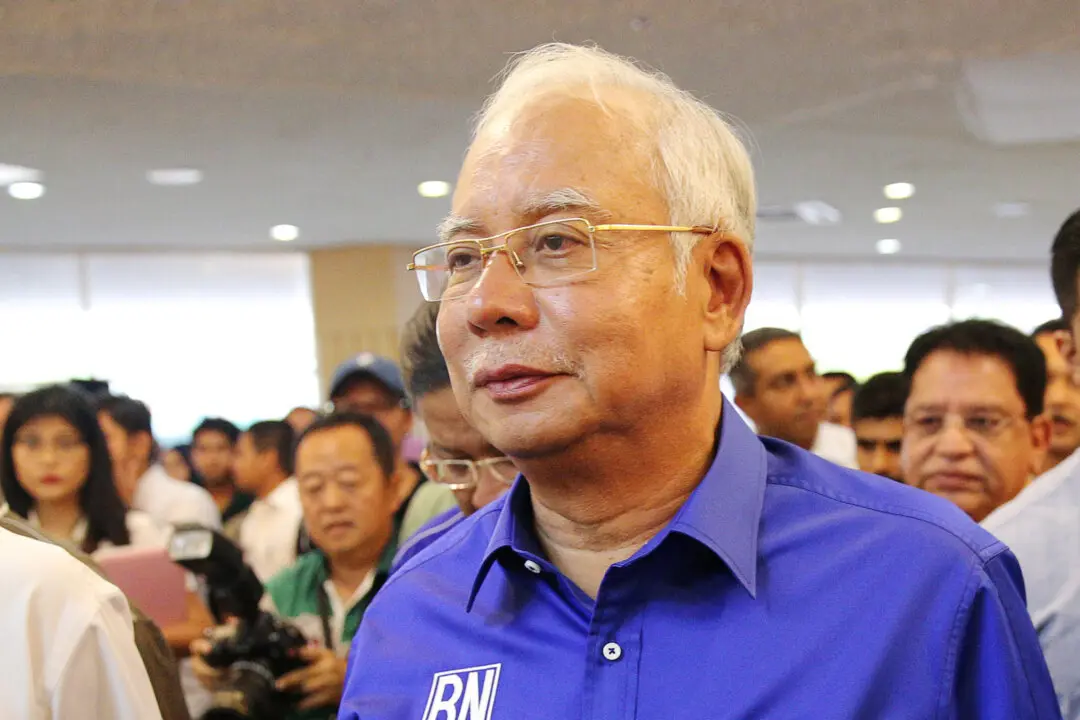TOKYO— The Canadian dollar and the Mexican peso rose and Japanese shares hit 27-year highs on Oct. 1 after the United States and Canada reached a framework deal to update the North American Free Trade Agreement.
A Canadian source confirmed the two countries reached a deal, with Canada agreeing to a side-letter arrangement effectively capping automobile exports to the United States.





